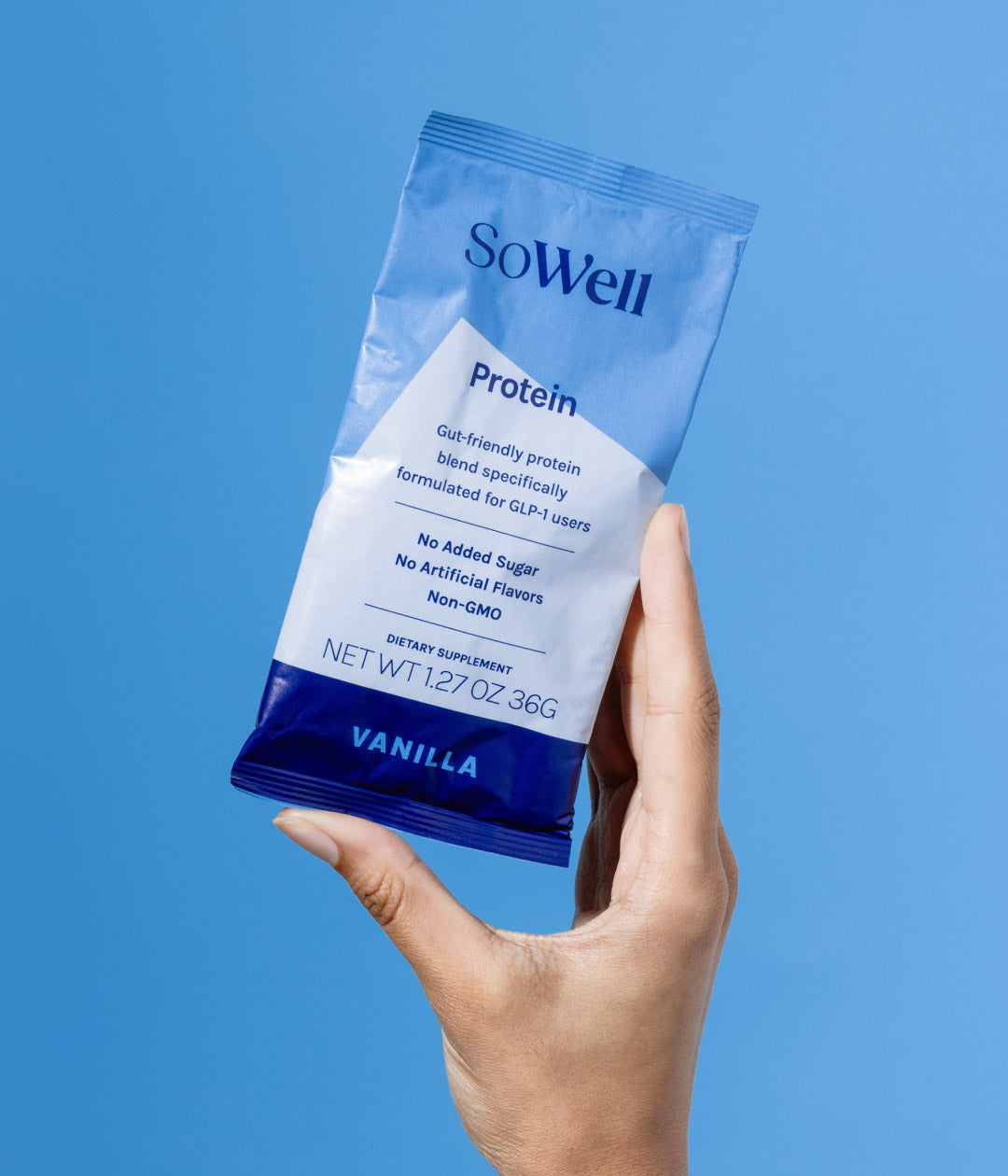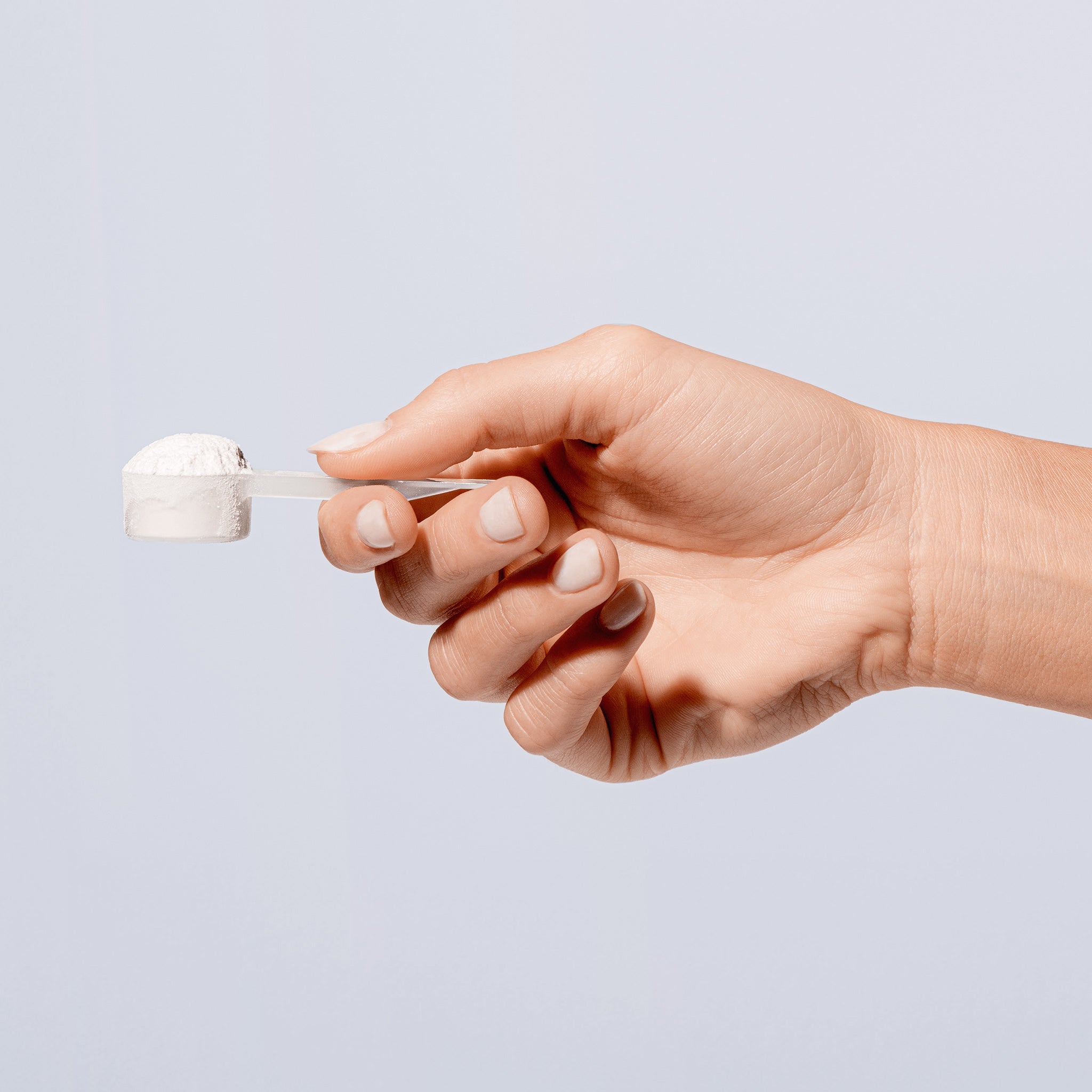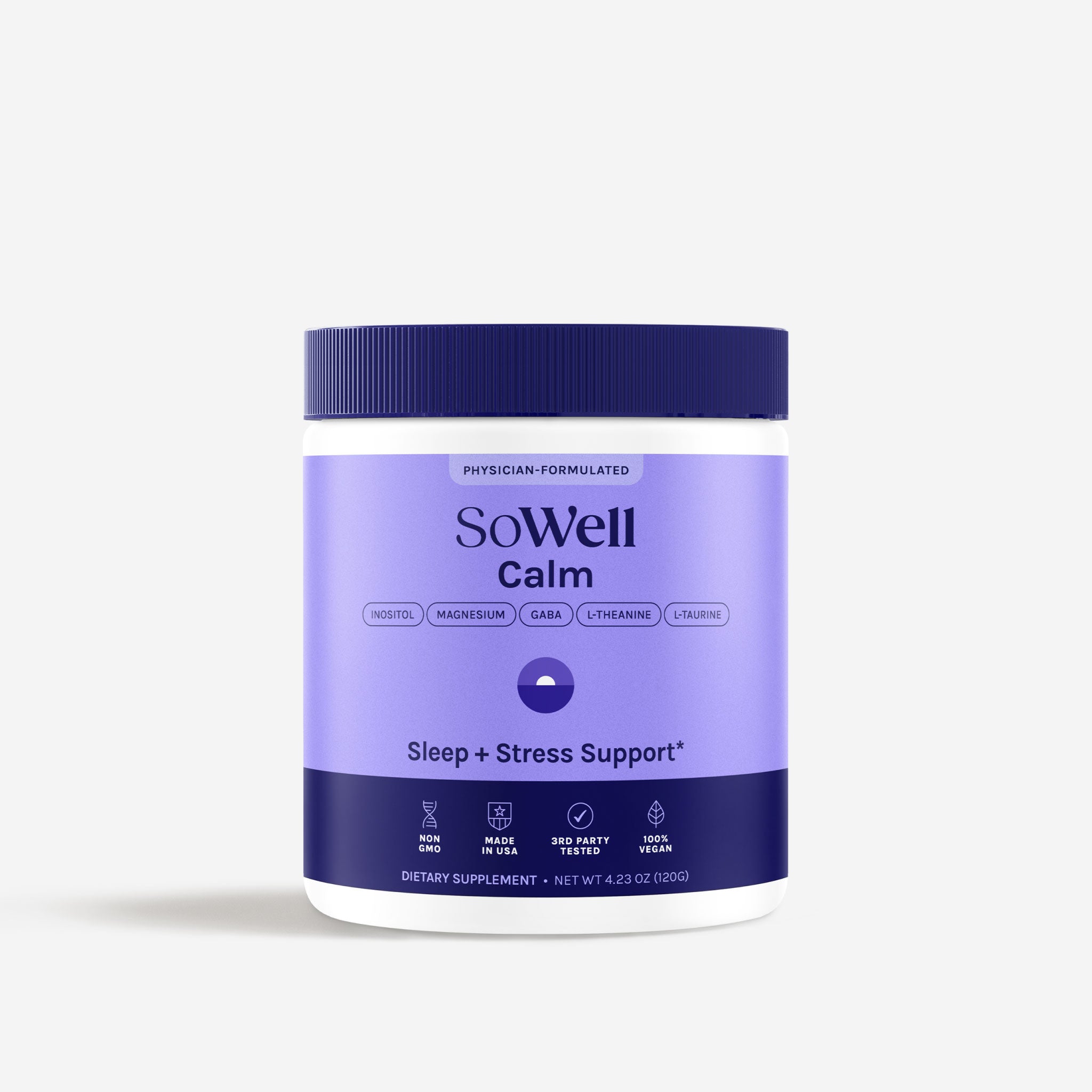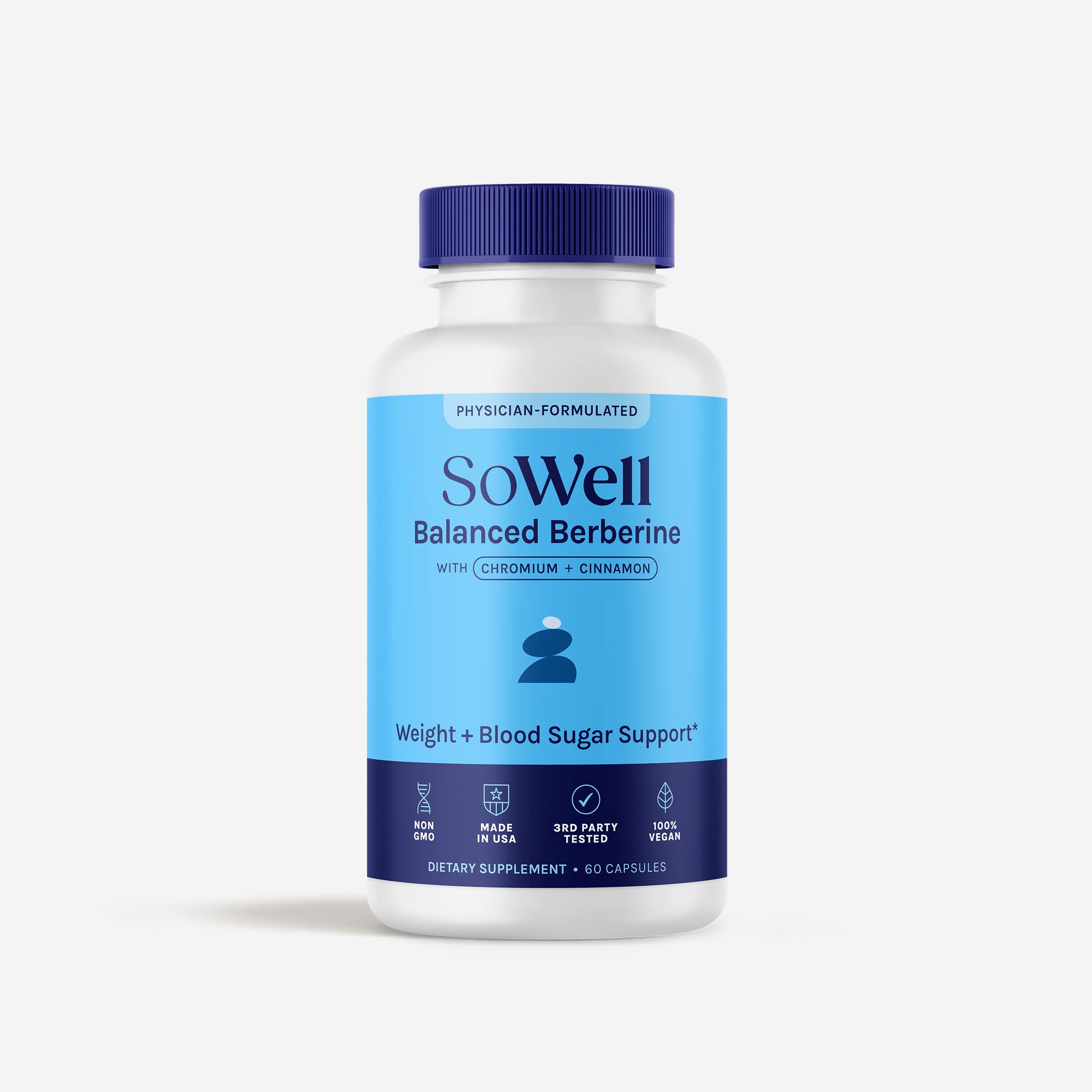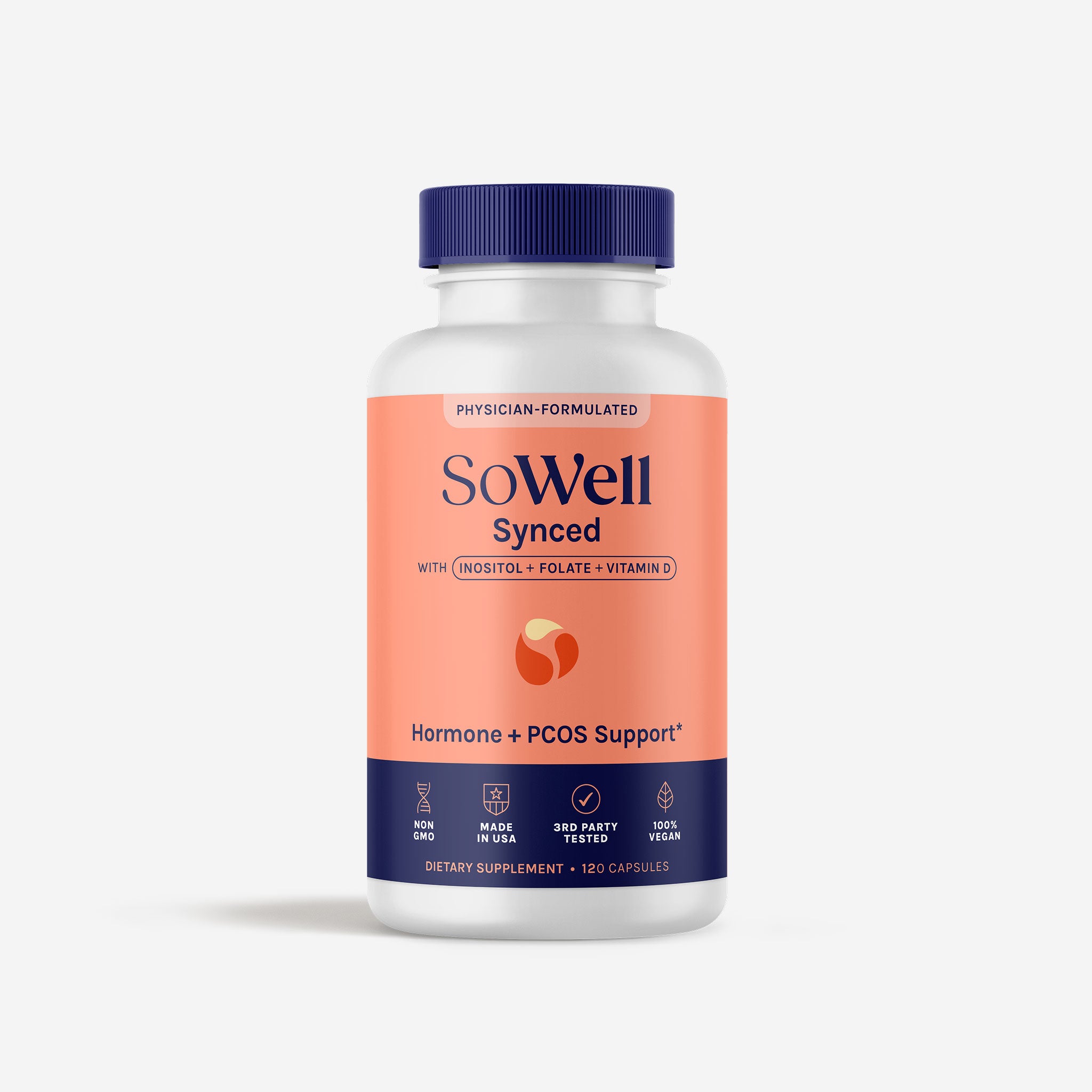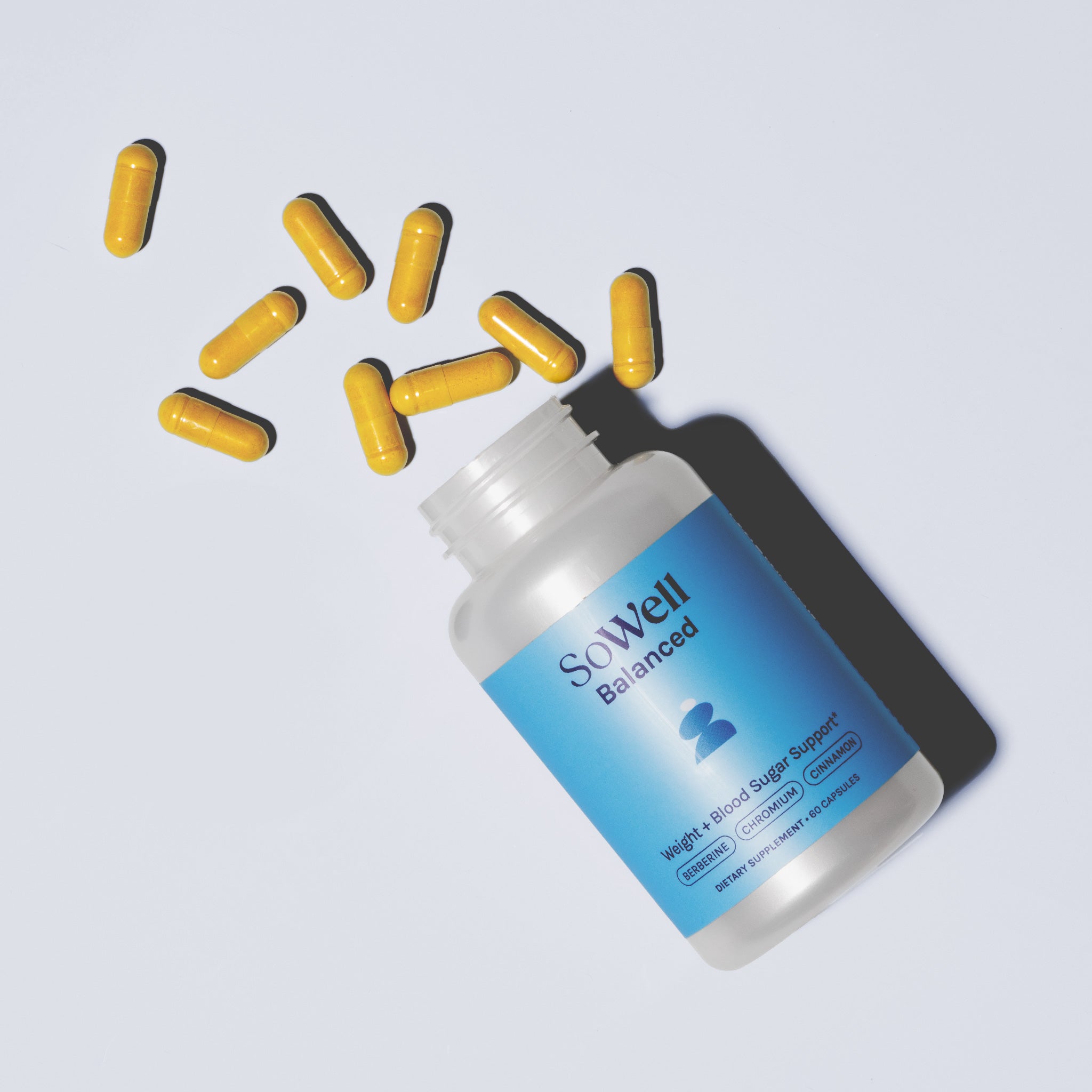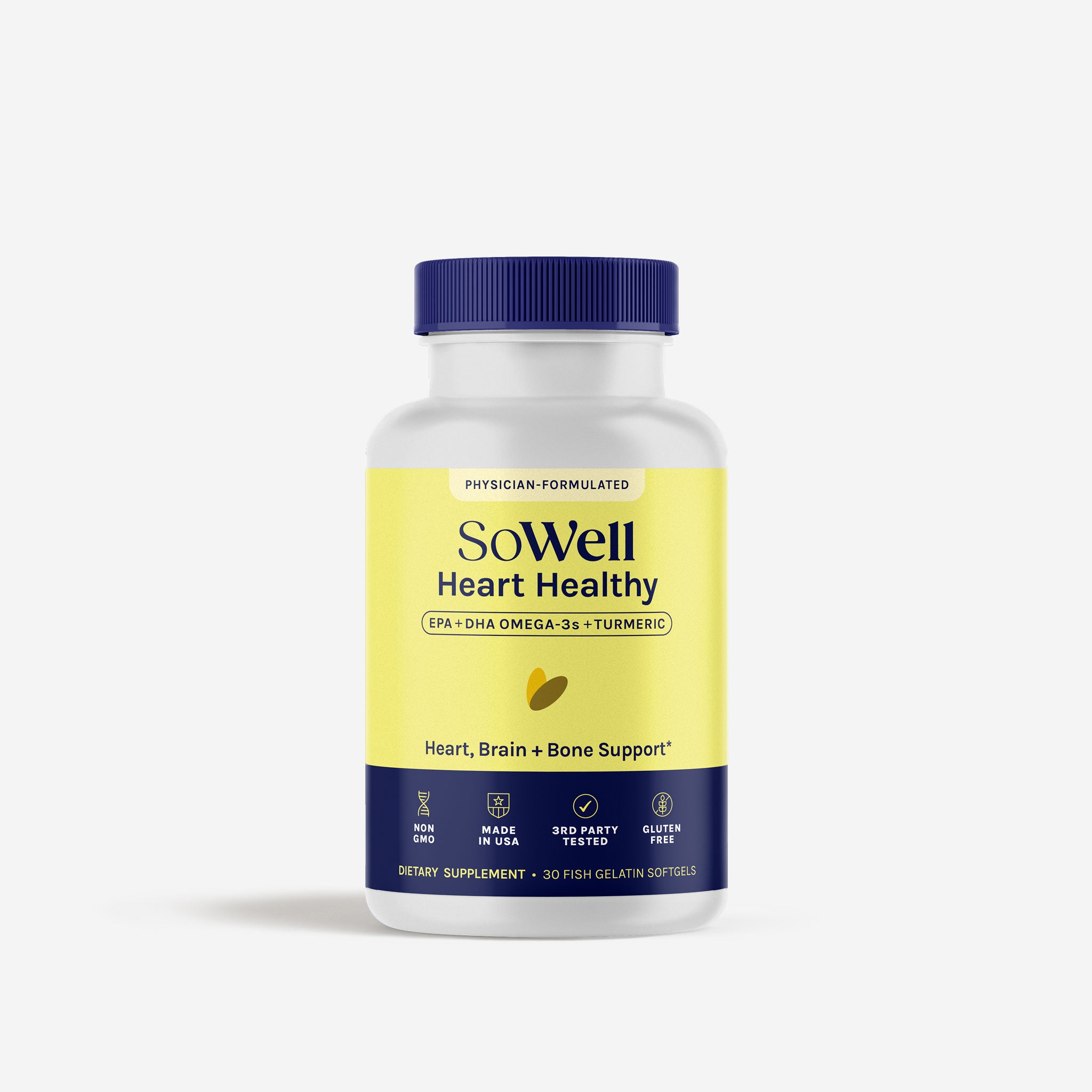
|
LAB MARKER: Triglycerides TESTED IN: Weight Biology Kit CONNECTED TO: Insulin resistance, type 2 diabetes, high blood pressure, too much fat around the waist |
You might have had a lipid panel done before, which most people associate with a cholesterol check. These panels are among the most commonly ordered lab tests, but there's a catch – they are often misunderstood.
Doctors and patients alike tend to fixate on total cholesterol or the "bad cholesterol" (LDL) numbers, but there's more to the story. Enter triglycerides, those often overlooked characters in your bloodwork.
Put on your lab coat because we're about to uncover the secrets hidden within your lipid panel that your doctor might not have told you about.
What Are Triglycerides and Why Do They Matter?
Imagine your bloodstream as a bustling city. Cholesterol, with its "good" and "bad" fractions (HDL and LDL), may be the skyscrapers, getting all the attention. On the other hand, triglycerides are more like the hardworking subway system beneath the surface, quietly transporting vital energy to every cell in your body.
Technically speaking, triglycerides are a type of fat that stores excess energy from dietary sources and are one of the most common types of fat in the body. When triglycerides get too high, it can be a sign of insulin resistance, type 2 diabetes, low thyroid levels, metabolic syndrome, high blood pressure, and too much fat around the waist.
Decoding Triglycerides in Your Lab Report
Your lipid panel results usually include several numbers, starting with the milligrams per deciliter (mg/dL) in your blood. If you use the Weight Biology Kit, the results in your portal will interpret your results for you, but here is the general guideline for understanding if your triglycerides are low, normal, or high:
- Low Triglycerides: Less than 150 mg/dL
- Normal Triglycerides: 150 to 199 mg/dL
- Borderline High Triglycerides: 200 to 499 mg/dL
- High Triglycerides: 500 mg/dL or higher
But stick with us. There's an even more meaningful way to look at your lipid panel results: the TG/HDL ratio.
Understanding TG/HDL Ratio
Since your body is a system, you can always learn more about your health by looking at your lab markers relative to each other rather than being isolated in a vacuum. Unfortunately, many doctors still do not monitor the TG/HDL ratio, even though it's a massive predictor of overall health!
As a refresher, HDL is considered the "good" cholesterol. When you have elevated triglycerides but low HDL, it's a sign of metabolic dysfunction.
- Ideal TG/HDL Ratio: Less than 1:1
- A Cause for Concern: When it exceeds 2:1
- Frankly Alarming: Beyond 3:1
Why should you care? If you have metabolic dysfunction, you may likely be suffering from another chronic disease, and you may even qualify for a more extreme diagnosis of metabolic syndrome.
Triglycerides and Metabolic Syndrome
To qualify for a diagnosis of metabolic syndrome, you must meet three out of five of the following:
- Abdominal obesity
- Elevated triglycerides (discussed above)
- Low HDL cholesterol (discussed above)
- High blood pressure
-
High blood sugar
If your TG/HDL ratio is off, you only need one more of these indicators to qualify for a diagnosis. Thankfully, high triglycerides and metabolic syndrome can be reversed with appropriate diet and lifestyle changes.
How to Lower High Triglycerides
Regular Exercise
The key to effectively lowering triglyceride levels through exercise is consistency! Aim for at least 150 minutes of moderate-intensity aerobic exercise or 75 minutes of vigorous-intensity aerobic exercise per week, as the American Heart Association recommends.
Carbohydrate Reduction
Lowering carbohydrates is generally an effective way to improve most metabolic markers, including high triglycerides. Focus on reducing sweets, pasta, and bread if you don't know where to start. You can find a full eating plan in the SoWell Health Way of Eating.
5% Total Body Weight Loss
If needed, a 5% reduction in total body weight loss has been shown to significantly reduce elevated triglycerides!
Omega 3 Fatty Acids
The specific omega-3 fatty acids with the most pronounced triglyceride-lowering effects are eicosapentaenoic acid (EPA) and docosahexaenoic acid (DHA), primarily found in fatty fish like salmon, mackerel, and trout. Some find that a fish oil supplement, like GetSoHEARTHEALTHY, is the easiest way to ensure getting in enough of the best omegas for heart health!
Putting It All Together
If you're ready to get a clear picture of your metabolic health starting with triglycerides, you can do so with the Weight Biology Kit. You'll get a full personalized report and a breakdown of seven other critical markers of metabolic wellness.
